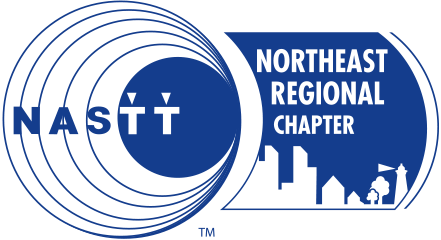About
Directional drills are relatively compact with a small footprint, allowing them to get into tight spaces and situate on the side of the road without impeding traffic. A small crew is required: a drill operator and a tracking equipment operator, who electronically tracks the progress of the drill head beneath the surface using a hand held tracker. The tracker gathers data from the sonde located in the drill head just behind the drill bit. The sonde gathers data such as location, depth, roll angle, pitch, and temperature to help the driller adjust the direction of the bit and control the bore path.

To prepare for the installation, the drill operator must first calculate the route, or bore path, of the pipe along a shallow, underground arc. The operator must also estimate the load applied to the pipe during pullback and select an appropriate pipe for the project. As he bores the path, a bentonite polymer mix is injected into the hole to stabilize the hole, remove cuttings, reduce torque, lubricate the pipe, and cool the bit.
When the pilot hole has been bored and the bit emerges in the exit pit, the drill bit is removed. A reamer is placed on the end of the pipe string and pulled back to enlarge the borehole. Generally, the reamed hole is from 120 to 150 percent larger than the service pipe that will be inserted.
Lengths of polyethylene pipe are then fused together. The pipe is heated and the molecules are transformed into a crystalline state that enables a seamless joining of the pipe. The end result is a fusion joint that is as strong or stronger than the pipe itself. Strong fusions are essential, as service pipe is subject to soil loads without side support from the surrounding hole. This load requirement is a major difference between HDD pipe and pipe installed in a trench. The Henniker Directional Drilling crew is certified in pipe fusion.
HDD History
Directional drilling has traditionally been applied in telecommunications, electric installations, oil, forced water, sewer lines and gas distribution. More recently, HDD has been applied to horizontal environmental wells and geothermal systems. Contractors are developing new HDD applications every day.
The directionally controlled horizontal drilling process was developed in the U.S. and is commonly used for crossing under natural or manmade obstacles, especially river crossings. This method has revolutionized complicated river crossings for pipelines, which were initially done by conventional dredging methods or were rerouted through long distances and crossed over at a bridge location.
This method is an outgrowth of the oil well drilling technology, developed in the early seventies by Titan Construction, Sacramento, California, U.S.A. The first installation was accomplished in 1971 for Pacific Gas and Electric Company, which involved the installation of approximately 600 LF (180 m) of 4-inch (100 mm) diameter steel pipe under the Pajaro River near Watsonville, California. Prior to 1979, the method was limited to the installation of short lengths. Since 1979, the method has advanced tremendously, enabling long crossings with a wide variety of pipe sizes.
Solution to a Problem
Traditionally, installation of underground utilities involved open trenching. The contractor had to excavate around existing utilities to get to the depth required to install conduit. Costly sidewalks, pavement, brick paving, sod and other surfaces had to be open cut and replaced. There was always a risk of hitting existing underground utilities during excavation. Additionally, the excavation usually causes interruption of traffic and inconvenience to nearby businesses.
Advantages to HDD
HDD equipment requires a relatively short set-up time; a mini rig can be set up and start boring within an hour. Labor requirements are minimal, as it only takes a small crew to operate a small drilling rig.
